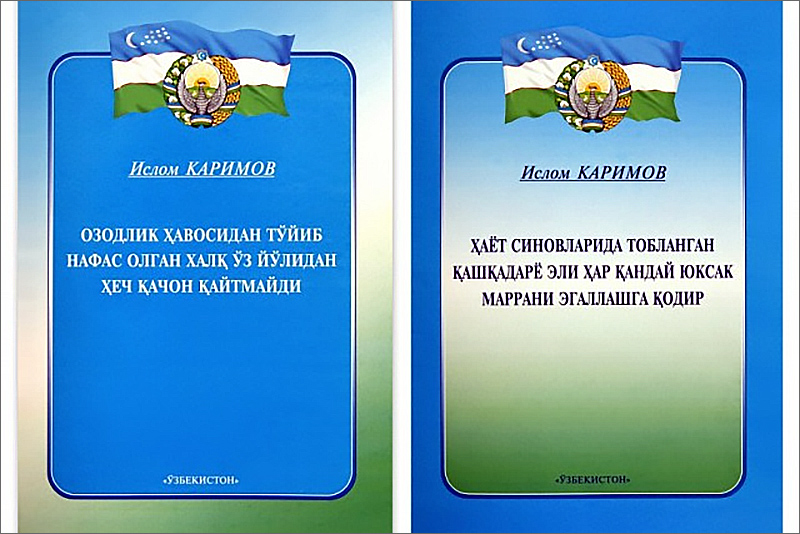Kniga Karimova Uzbekistan Svoj Putj Obnovleniya I Progressa

Abstract Wind is increasingly being used as a renewable energy source around the world. Avian mortality is one of the negative impacts of wind energy and a new technique that reduces avian collision rates is necessary. Using the most frequently-killed species, the griffon vulture ( Gyps fulvus), we studied its mortality at 13 wind farms in Tarifa, Cadiz, Spain, before (2006–2007) and after (2008–2009) when selective turbine stopping programs were implemented as a mitigation measure.
Ten wind farms (total of 244 turbines) were selectively stopped and three wind farms (total of 52 turbines) were not. We found 221 dead griffon vultures during the entire study and the mortality rate was statistically different per turbine and year among wind farms. During 2006–2007, 135 griffon vultures were found dead and the spatial distribution of mortality was not uniformly distributed among turbines, with very few turbines showing the highest mortality rates.
Dec 20, 2017 - Tajiks can be said are most suffered nation of former Soviet Union in latest quarter of century – bloody civil war, total economic collapse,. Write something about yourself. No need to be fancy, just an overview. No Archives Categories.

The 10 most dangerous turbines were distributed among six different wind farms. Most of the mortalities were concentrated in October and November matching the migratory period.  During 2008–2009, we used a selective stopping program to stop turbines when vultures were observed near them and the griffon vulture mortality rate was reduced by 50% with a consequent reduction in total energy production of by the wind farms by only 0.07% per year.
During 2008–2009, we used a selective stopping program to stop turbines when vultures were observed near them and the griffon vulture mortality rate was reduced by 50% with a consequent reduction in total energy production of by the wind farms by only 0.07% per year.
Our results indicate that the use of selective stopping techniques at turbines with the highest mortality rates can help to mitigate the impacts of wind farms on birds with a minimal affect on energy production.
• Share this post: • • • • • Tajiks can be said are most suffered nation of former Soviet Union in latest quarter of century – bloody civil war, total economic collapse, massive labor migration, colossal corruption and lack of any freedom and hope. After husbands and fathers were killed or left to Russia or are unable to provide for the family anymore, women in many families of this conservative society had to leave home and seek for opportunities. On life of Tajik women the Central Asian Analytical Network talked with researcher, from the Heidelberg University in Germany. There is no connection between the content of the interview/mentioned cases and the people on the photographs. Photographs of Tajik women are taken and provided by Swetlana Torno Women in mid-ages, on the other hand, worry a lot about the wellbeing of their children: Do they behave and study well? Will my husband be able to earn enough money to buy the necessary books and a new uniform for the next school year for all our children?